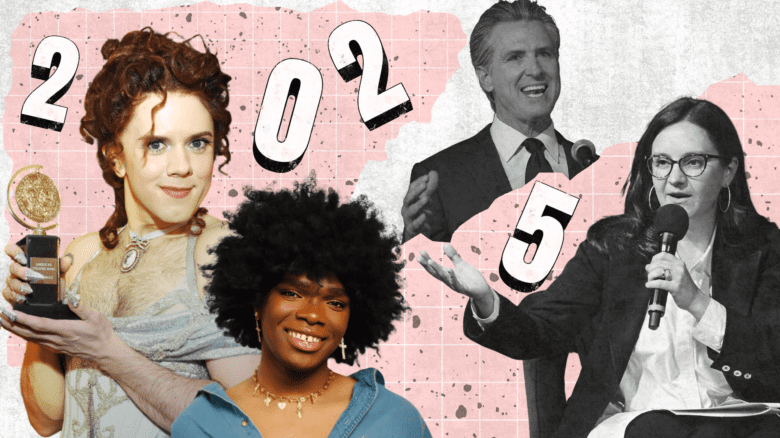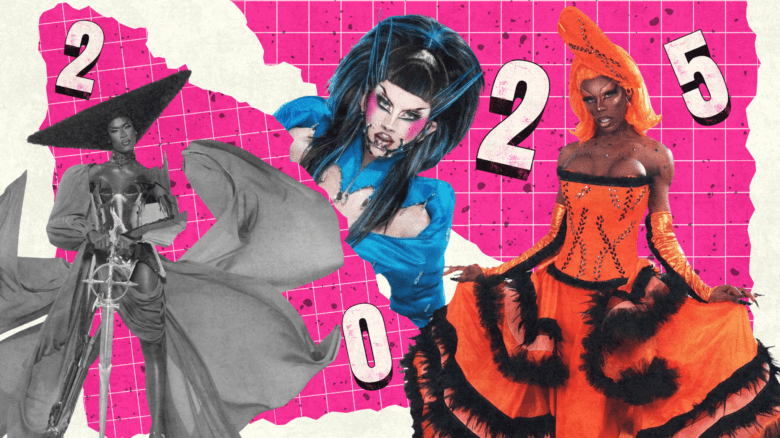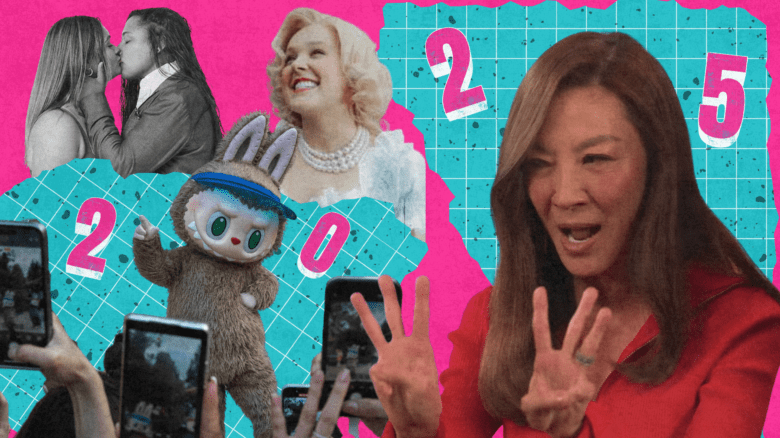I arrive at Loree Erickson’s Toronto home on a hot and sweaty summer’s evening. Loree is a 33-year-old queer femme pornographer, theorist and PhD candidate.
Born in Lucketts, Virginia, Loree moved to Canada in her early 20s. She lives in a queer collective house that includes people living with and without disabilities. I join her and the rest of her household for dinner before staying the night. In the morning, Loree shows me how a care shift works, including lifting her out of bed, using the washroom and getting dressed.
After she gets on her silver high-tops, we make a pot of tea and take her favourite pink metallic cup and saucer to the backyard for our interview. Like many disability rights activists, she uses the term “crip” as a way to reclaim the label “cripple.”
Capital Xtra: So tell me about the porn you made.
Loree Erickson: What a great way to start the day! It’s called Want. I made it because I was so frustrated with the lack of hot queer crip representation. The majority of the porn I saw was of skinny white people, and people with visible disabilities were extremely rare.
CX: Why did you make it of yourself and not of someone else?
LE: It started when I got my nipple ring and someone took a picture of me. When I looked at that picture it was the first time I realized the power of looking at myself as a sexy being. Having that photo gave me something tangible. [It] wasn’t in my head anymore.
Disability is often linked with undesirability, being unwanted. I wanted to explore disability as desirability. People with disabilities have always been hot and desirable, but I wanted to put it into the cultural sphere. With Want, I was telling my sexual story.
CX: Did you film it yourself or did you know a pornographer?
LE: I made it in collaboration; everything I do is in collaboration. I’m interested in the relationship between how I see myself and how others see me. I knew someone, and I respected the work he did. He also suggested my costar, who was a super-cute trans guy that I had been checking out around town.
CX: Did you just go up to him and ask him “So do you want to be in my porn?”
LE: [laughing] Pretty much. I made some small talk and then just went for it. He said that he would be really into it. He later became my lover, so I guess you could say we had chemistry.
CX: What is your biggest turn-on?
LE: I like honesty and smart, thoughtful and dirty communication — both verbal and non-verbal.
CX: What is your biggest turn-off?
LE: Systemic oppression. It’s a big buzz kill.
CX: Did you write a script, or did you just let the scene unfold?
LE: There wasn’t a script. I mean, we had a vague idea of what was going to happen. We negotiated it just like you would negotiate a real scene. During the filming, we were both really honest and sincere, which I think is missing from a lot of porn out there. People pick up on that honesty.
The film was divided into parts. I wanted the porn first; I wanted it to be the first thing people saw because they needed to see it. It needed to be in their face[s]. The second part was a care shift. People who require [personal] care are desexualized. And I faced a lot of homophobia from attendants who didn’t understand my lifestyle or my sexuality. My care soon became part of our collective house responsibilities.
CX: Your model of collective care includes disability as part of our social understanding of mutual care. What you are doing is helping to shift our collective social understanding of care. It’s profoundly political.
LE: [nods her head] Yeah, it really is. It’s too bad that taking care of each other has to be radical.
CX: So what’s next for you?
LE: Right now I’m working on my comps. I’m focusing on bodies — how do people make sense of bodies? How do people get produced as undesirable, and how does that change?
For my dissertation, I want to create a longer video project. I want to include other people’s stories — other queer crips. I want to focus on the concept of disability as desirable; basically, I want to make more hot queer crip porn.
 Why you can trust Xtra
Why you can trust Xtra


